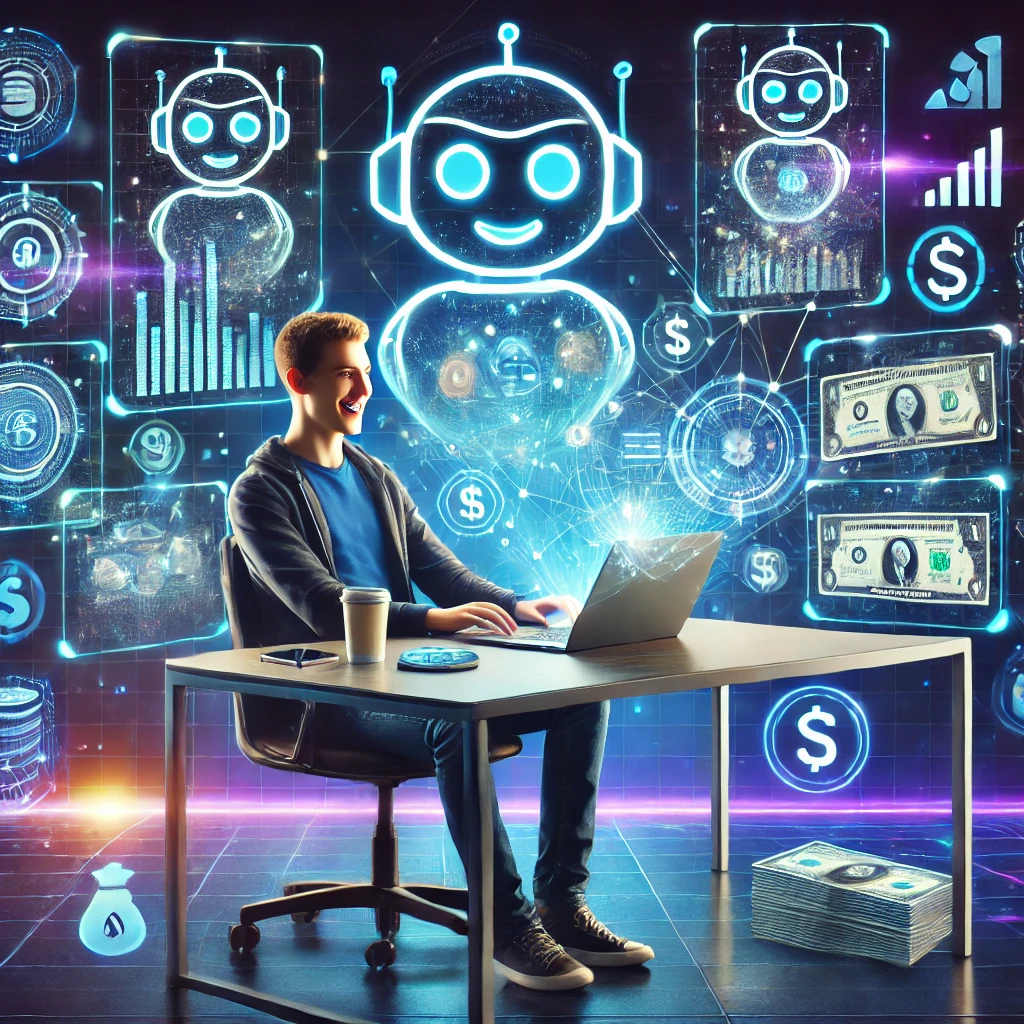Reinventing Movement: How AI is Transforming the Future of Prosthetics
The Journey of a New Dawn
When Michael lost his leg in a motorcycle accident, he believed his days of hiking mountain trails and feeling the thrill of the wind rushing past him were over. For months, he wrestled with grief and a deep sense of limitation. Traditional prosthetics, while functional, felt foreign to his body. They were rigid, mechanical, and disconnected from his natural instincts. Every step was a conscious effort, every movement a reminder of what he had lost.
But then something extraordinary happened.
Michael became one of the first individuals to receive an AI-powered prosthetic. The first time he strapped it on, something clicked—literally and figuratively. Unlike the cold, unyielding prosthetics he had worn before, this new device responded to his thoughts. It adapted to his movements, learning from each stride, stumble, and sprint. For the first time in months, Michael felt not like a machine operator but like himself again.
Today, Michael is not just walking. He is running marathons.
His story is not an isolated miracle. It is a glimpse into a rapidly evolving frontier where artificial intelligence is redefining what it means to move, live, and thrive.
Read More: The Rise of AI Chatbots in E-commerce
The New Age of Prosthetics
For centuries, prosthetics were built around basic mechanics. Wood, metal, and leather were shaped to resemble missing limbs, but they could never replicate the fluid intelligence of human movement. Even in the last few decades, advances remained mostly mechanical, with minimal interaction between device and body.
Today, AI is rewriting that history.
Modern prosthetic devices powered by artificial intelligence can do what once seemed like science fiction. They predict user intent. They adapt in real time. They learn from user behavior, becoming more intuitive with every movement.
This is not simply an upgrade. It is a revolution.
How AI Is Shaping the Future
Intelligent Adaptation
Imagine a leg that adjusts itself to different terrains without a single manual tweak. With AI, this dream is becoming a reality. Sensors embedded within the prosthetic collect data on movement patterns, pressure distribution, and surrounding environments. Machine learning algorithms process this data in milliseconds, adjusting the device’s behavior to fit the user’s needs.
Walking up a hill? The AI adjusts for slope. Navigating gravel? It shifts balance to prevent slipping. This creates a seamless, almost invisible interaction between the user and their environment.
Mind-Controlled Interfaces
Perhaps the most groundbreaking development is the rise of mind-controlled prosthetics. Through a combination of neural interfaces and AI, prosthetics can now interpret electrical signals from the brain. Users think about moving their hand or leg, and the device responds instantly.
This leap dramatically reduces the learning curve and creates a natural, intuitive connection. Instead of painstakingly learning how to operate a prosthetic, users simply move as they imagine they would. The prosthetic becomes an extension of their will, not a tool they must master.
Personalized Learning
Each individual moves differently. A one-size-fits-all approach can never fully meet every user’s needs. AI enables prosthetics to personalize themselves by learning from the unique patterns and habits of their users.
Over time, an AI-driven prosthetic will understand when you favor one side due to an old injury or when you quicken your pace during the morning commute. It molds itself to you, making movement easier, smoother, and far less tiring.
Read More: Free AI Tools for Generating Website Design Mockups Quickly: From Idea to Interface in Minutes
Real World Impact
The benefits of AI prosthetics are already evident across the globe. Veterans who once faced limited mobility are regaining active lifestyles. Children born with limb differences are participating in sports with their peers. Elderly amputees are finding new confidence in walking without fear of falling.
In clinics, doctors are witnessing faster rehabilitation times. Patients using AI-driven devices adapt quicker, suffer fewer complications, and report higher satisfaction. Mental health outcomes improve as users regain independence and a sense of normalcy.
These are not isolated incidents. They are the beginnings of a new standard of care.
Challenges on the Horizon
Despite the remarkable advances, challenges remain. The cost of AI-powered prosthetics can be prohibitive. Widespread access is still a dream rather than a reality. There are also ethical considerations surrounding data collection, privacy, and the integration of technology into the human body.
Researchers and developers must tread carefully, balancing innovation with responsibility. Insurance companies, governments, and healthcare providers must collaborate to make these life-changing devices available to all who need them, not just the privileged few.
The Road Ahead
Looking forward, the future of prosthetics is dazzlingly bright. As AI technology becomes more sophisticated and affordable, we will see even more remarkable innovations.
Prosthetics may soon come with emotional intelligence, detecting stress levels and adjusting movement accordingly. They might offer self-repair features, fixing minor issues without needing a trip to the clinic. Some envision a future where prosthetics not only restore lost function but enhance human abilities beyond what biology alone can achieve.
It is a thrilling thought.

Read More: How to Start an AI-Powered Business in Nigeria with Little Capital
A New Definition of Humanity
Michael’s story is not just a tale of personal triumph. It is a reflection of a profound shift in how we view disability, technology, and even the human body itself.
We are moving toward a future where losing a limb does not mean losing freedom. Where technology does not alienate but empowers. Where machines do not just mimic life but become life’s partners.
Reinventing movement is not just about better prosthetics. It is about reimagining what it means to move, to live, and to be human.
The journey has just begun.





Pingback: How Beautiful.ai is Turning Boring Presentations into Boardroom Blockbusters - Newline Tech